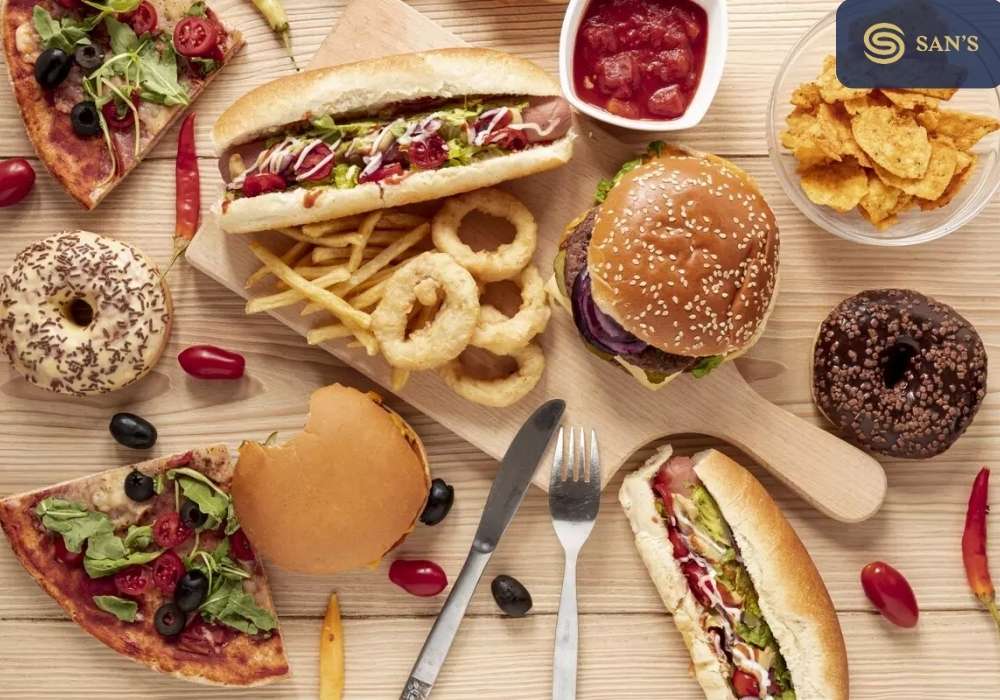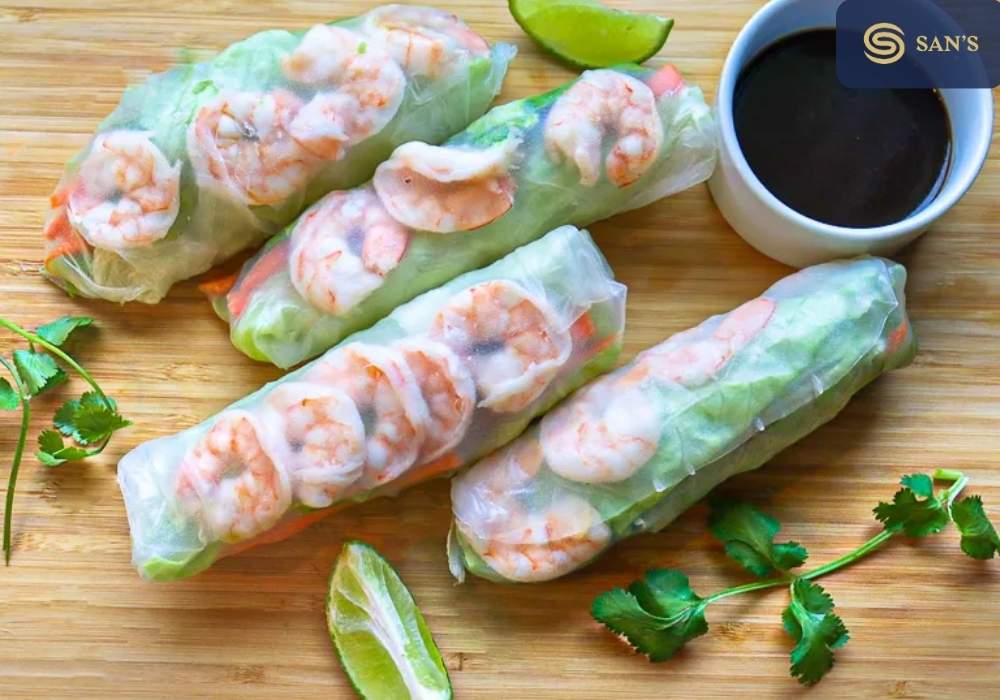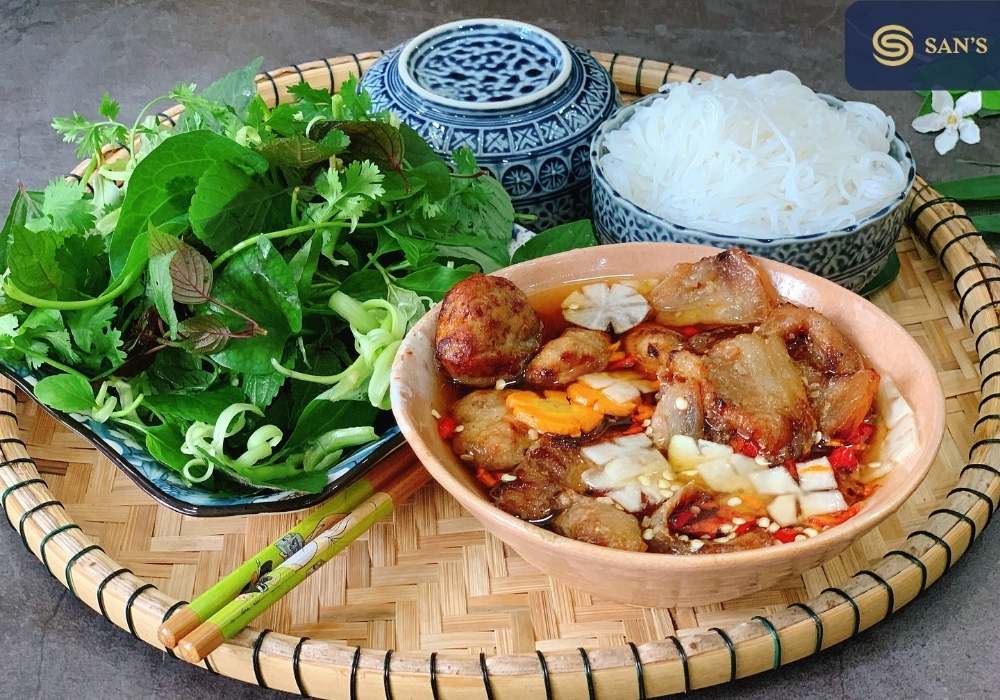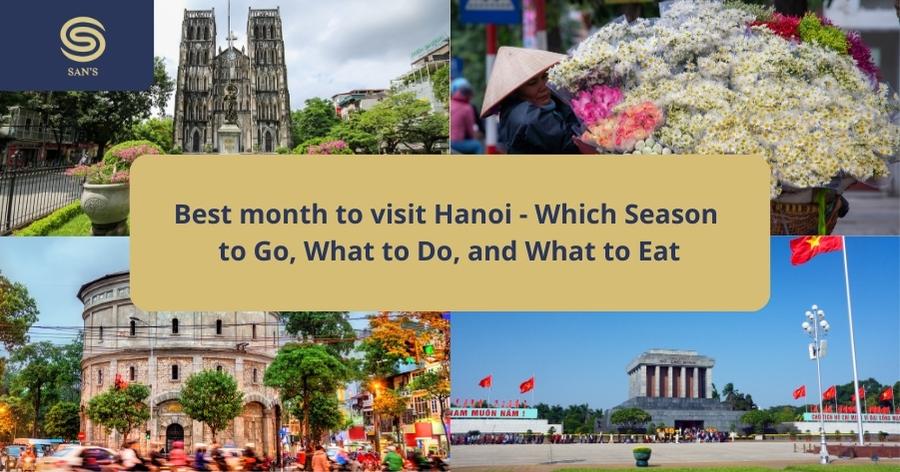Vietnamese fast food is a symphony of flavors, where each dish plays a harmonious note echoing the country’s rich culinary traditions and diverse culture. Every bite encapsulates a world where taste, aroma, and texture converge, offering a gastronomic experience that is as quick as it is delectable. From the bustling streets of Hanoi to the serene landscapes of Ho Chi Minh City, fast food is not just a meal but an exploration into Vietnam’s culinary soul.

In the world of Vietnamese fast food, the timeless allure of age-old recipes is seamlessly woven with the dynamism of contemporary trends. Classic dishes like Banh Mi and Pho have not just endured the test of time but have evolved, each variant reflecting a blend of the traditional and the modern. This evolution is a dance of flavors where the authenticity of Vietnamese cuisine meets the inventiveness of the modern culinary world, birthing creations that are as nostalgic as they are innovative.
Why Some Famous Fast Food brand Fail in Vietnam?
The global fast food sector is a powerhouse of profit, boasting an estimated value exceeding half a trillion dollars, with projections only pointing upward. Giants like Burger King and McDonald’s exemplify this trend, with the former gracing over 100 countries with more than 19,000 outlets, and the latter not far behind, hosting 40,000 locations worldwide.

Yet, in Vietnam, the narrative diverges significantly. McDonald’s, making its debut in 2014, has only managed to establish 25 outlets in a nation of 90 million. Burger King, though entering earlier in 2011, lags with a mere 17 outlets. The expected proliferation of these fast-food behemoths hasn’t mirrored the explosive growth witnessed globally. One is compelled to ponder, what underlying factors contribute to this anomaly in the Vietnamese fast food landscape?
Reason 1: The Pace of Service in Vietnamese Cuisine Outpaces Traditional Fast Food
International fast food chains like KFC, Pizza Hut, and McDonald’s pride themselves on quick service. However, in Vietnam, local street food offerings like Banh Mi, Pho, and Sticky Rice redefine the concept of “fast,” earning the moniker “flash food” for their near-instantaneous preparation and serving times.
Consider the preparation of Pho; a savory ensemble of ingredients swiftly combined, hot broth poured, and additional toppings added, all unfolding in a matter of moments. Banh Mi, a flavorful fusion encased in a crispy baguette, shares a similar tale of speed in its assembly. This remarkable efficiency in preparation and service isn’t just characteristic but intrinsic to the Vietnamese food landscape.

In a culture where the benchmark for speed is set by the swift expertise of street food vendors, international fast food, despite its reputation, finds itself in a race where local cuisine has long since taken the lead. The allure of fast service, a cornerstone of fast food’s global appeal, is somewhat diminished when contrasted with the unparalleled pace of Vietnam’s indigenous culinary offerings.
Reason 2: The Dominance and Versatility of Local Cuisine
The ubiquity and variety of Vietnamese cuisine give it a competitive edge over international fast food chains. From the bustling streets of the mainland to the tranquil settings along the rivers, local delicacies, prepared with an array of flavors and techniques, are not just accessible but a staple.

Street vendors, with their versatile offerings, aren’t confined to land; they extend their trade to boats, bringing the rich tapestry of Vietnamese culinary art to every nook and cranny of the country. Local restaurants, showcasing a menu teeming with diversity, have also incorporated fast food, albeit with a distinct Vietnamese touch. However, international fast food often faces criticism for being somewhat monotonous and dry in comparison to the moist, flavorful profile of local dishes.
Reason 3: Cost Contrast between Fast Food and Local Cuisine
International fast food chains often find themselves at a pricing disadvantage in the Vietnamese market. The average local meal costs residents about $2 or less, a stark contrast to the approximate $5 price tag commonly associated with fast food.

Furthermore, the beverage offerings at fast food outlets, typified by options like Coke, don’t resonate as strongly with local patrons. Vietnamese diners not only find greater value in local eateries, offering sizable portions and beloved drinks at half the price, but also appreciate the rich, authentic flavors that define their native cuisine.
Reason 4: A Growing Health Consciousness
An emerging trend of health consciousness is steering Vietnamese consumers towards food options that are not only delicious but also nutritious. A discernible shift towards a preference for meals low in fats and cholesterol and rich in organic and natural ingredients is evident.

The intrinsic freshness and nutritional value of local Vietnamese dishes, characterized by an abundant use of vegetables and balanced flavors, often outshine the perceived convenience of fast food.
Reason 5: The Social Fabric of Dining
For the Vietnamese, dining is not a solitary experience but a social affair. Local restaurants serve as communal spaces where diners engage in conversations, share laughs, and exchange stories. The interactive experience of dining, coupled with the opportunity to observe the lively street life, adds a layer of social richness absent in the more individualized setting of fast food restaurants.
Iconic Vietnamese Fast Food Dishes
Banh Mi’s Reign
Banh Mi’s journey from the bustling streets of Vietnam to international acclaim is a tale of culinary artistry. Each variant, meticulously crafted, embodies a unique fusion of flavors. The crispy, yet tender, baguette cradles an array of fresh and savory ingredients, painting a vivid tableau of Vietnam’s culinary landscape. Whether it’s the tender grilled meats, the tangy pickled vegetables, or the aromatic herbs, every element of Banh Mi narrates a chapter of Vietnam’s rich gastronomic story that has enchanted food lovers around the globe.

Pho on the Go

The soul-soothing essence of Pho, replete with its aromatic broth and tender meat slices, has found a new pace in the world of fast food. Traditional culinary artisans and modern fast food outlets alike have embraced innovative approaches to offer Pho swiftly without forfeiting its quintessential warmth and depth of flavors. This dexterity underscores the timeless appeal of Pho, a dish that has effortlessly meandered through epochs, adapting yet retaining its soul, reflecting Vietnam’s culinary resilience.
The Rise of Bun Cha
Adding to Vietnam’s fast-food lexicon is Bun Cha, a harmonious medley of grilled pork served over rice noodles, accentuated with fresh herbs and a flavorful dipping sauce. Originating from Hanoi’s lively streets, Bun Cha encapsulates speed and convenience without compromising the intricate balance of flavors that define Vietnamese cuisine.

Its emergence in the fast-food scene exemplifies the adaptability of traditional dishes, each echoing the richness of Vietnam’s culinary heritage while aligning with the dynamic pace of modern life.
Each dish, woven into Vietnam’s cultural fabric, exemplifies a culinary tradition where the past and present converge, and where age-old recipes are not just preserved but are reimagined to satisfy the evolving palates of both locals and global gourmets. Vietnamese fast food is a world where the swift serving
In retrospection, the narrative of Vietnamese fast food is penned with ink imbued with diversity and vibrancy. Each dish, from the globally revered Banh Mi to the soul-stirring bowls of quick-serve Pho, and the dynamic street food scene, encapsulates a culinary tradition that’s rich in flavors, textures, and cultural nuances.
The adaptability of Vietnamese fast food is its hallmark, mirroring a landscape where age-old traditions breathe life into modern innovations, and where each bite is a testament to a culinary ethos steeped in diversity.
As we cast our gaze towards the future, the canvas of Vietnamese fast food presents a spectrum of possibilities. The continuous mingling of traditional and contemporary, local and global, quick service and culinary artistry, promises an evolution that’s as unpredictable as it is exciting.
In a world where dining preferences shift with the wind, Vietnamese fast food stands as a bastion of adaptability, ready to morph yet retain its essence, inviting the next generation of food enthusiasts into a world where every bite narrates a tale of the past, present, and the anticipative hum of the future.





